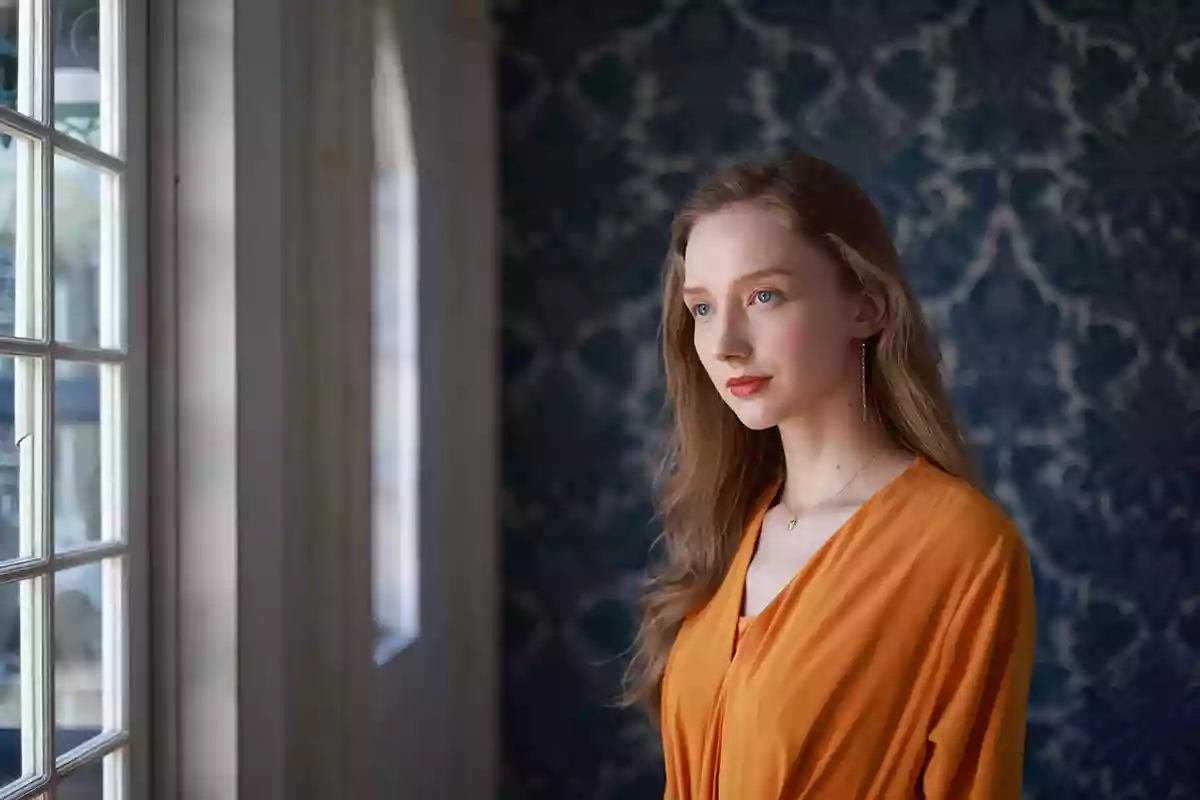- Call us: 01444 237070
- Contact Us
- Stores
- Sign In / Register
-
- Back
- Used Cameras
- Used Accessories
- Used Lenses
- Used Video
- Used Film Equipment
- Used Stock Alert
- Used Blank Test
- Sell or Part Exchange
- Used Clearance
- Recently Added Used Equipment
- Park Picks
- All Used Black Friday Deals
- Faulty
- Trade-In
- Blog
- New in
- Call us
- Contact us
- Stores
- Sign in
- Categories
- Tips & Inspiration
- Reviews
- News
- Events
- Features
- Buying Guides
- Competitions
Canon RF 70-200 f4 Vs f2.8 and 50mm Lenses
Canon Lenses RF 70-200mm f/4 Vs f/2.8 and RF 50mm f/1.8 Vs f/1.2
On the 4th November 2020 Canon released two full frame RF mirrorless lenses for the EOS R camera system.
Both are somewhat more affordable versions of existing RF lenses of the same focal range and both are essential workhorse lengths for photographers (and arguably videographers). This blog post compares these two new models to their more expensive stablemates and we add some sample images as well as try and help readers to decide which option is for them.

RF 50mm f/1.8 detail. Canon EOS R6 camera body at 50mm. 1/125 sec. f/4. ISO 1600
Headline Features
The RF 70-200mm f/4L is currently the world’s smallest and lightest optically stabilised 70-200mm lens. It does extend when zoomed in, however that is quite an accolade for Canon.
Canon has straight out said that the new RF 70-200mm f/4L is optically better than the corresponding EF mount version. The newer mirrorless RF mount is showing its’ strength here as it affects size, weight and optical quality.
Canon RF 70-200mm f/4L and F 50mm f/1.8 compared to their counterpart lenses
|
Canon Lens Comparison |
||||
|
Current price |
Check link above |
Check link above |
Check link above |
Check link above |
|
Max. diameter x length (mm) |
83.5 x 1193mm |
89.9 x 146mm |
69.2 x 40.5mm |
89.8 x 108mm |
|
Weight |
695g |
1070g |
160g |
950g |
|
Lens construction (elements/groups) |
16 / 11 |
17/13 |
6/5 |
15/9 |
|
No. of diaphragm blades |
9 |
9 |
7 |
10 |
|
Closest focussing distance |
60cm |
70cm |
30cm |
40cm |
|
Image stabiliser |
5-stop |
5-stop |
NA |
NA |
|
AF actuator |
Dual Nano USM |
Dual Nano USM |
STM |
USM |
|
Filter thread |
77mm |
77mm |
43mm |
77mm |
|
Aperture range |
f/4 - 32 |
f/2.8 - 32 |
f/1.8 - 22 |
f/1.2 - 16 |
|
Weather sealed |
Yes |
Yes |
No |
Yes |
Here we can see that whilst the two newcomers are cost effective, they do score very well when compared to the RF 70-200 f/2.8 and RF 50mm f/1.2

RF 70-200mm f/4 landscape. Canon EOS R5 camera body, lens at 103mm. 1/1000 sec. f/4. ISO 320
Lens comparison overview
Both are significantly smaller and lighter, with closer focus distances which is a useful trait. Canon has definitely not skimped on any of these four options. The 70-200 f/4 in particular gains weather sealing, dual focus motors and 16 optical elements with a 9 bladed aperture. These will combine to deliver extremely high quality results only really being outgunned by the aperture. F/2.8 throughout the range for the existing model is indeed a strong selling point. Sports, action and wildlife photographers invariably crave as much light as possible, allowing them to shoot in darker situations, with a shallower depth of field and more isolated subject. It certainly gives the user the option of stopping down if and when they choose.
The number of aperture blades are important for creating creamy out of focus bokeh areas and also help with isolating a subject. The more the better if that is the style you are after in your images. In this respect the RF 50mm LENS F/1.2 L USM has been designed to deliver ultra thin focal planes, exquisite bokeh and oozes quality all round with 10 aperture blades and 15 lens elements.
In terms of focus ability Canon’s USM motor is superior to the STM actuator. It is faster and when doubled up in both of the 70-200mm lenses will allow for a floating element design. If you need quick focussing this is the option for you.

RF 50mm f/1.8 naturally lit portrait, Canon EOS R6 camera body lens at 50mm. 1/250 sec. f/2 ISO 1250
All of this seems to suggest the RF 50mm f/1.8 STM is lagging behind however this is not the case. Take a look at the sample images here and you will see superb results. F/1.8 is nothing be be sniffed at and it is clear that this standard prime lens has been designed for size and portability. It is not only significantly smaller than the f/1.2 but around 5x lighter. This makes an excellent option where discretion is required. Shooting street photography or discreet portraits, weddings and general shooting will also feel a whole lot lighter than with the f/1.2 which is nearly 1kg.
Buying decisions and how to decide between the lenses
It’s always harder to recommend lenses as there are several deciding factors. Here are some things to bear in mind when deciding which lens is best for you and your style of photography:
- Budget. With lenses it’s my personal view that we should spend the most we can afford on our lenses. The reason for this is that they hold value very well (see our used Canon lens department here). If and when do upgrade the camera body, the lens will be well placed to keep up with new technology and high resolution resolving requirements. There are of course exceptions, for example if there is not much difference in image quality and if we require portability and lightweight. More optical glass = heavier, there’s no getting around that generally.
- Where will we use the lens, studios or outdoors? If outdoor shooting requires weather sealing, options are more easy. If we need lightweight and portable gear for long hikes or all day shooting, sometimes this will win over budget and we choose the best quality in the lightest form.
- Aperture and number of aperture blades. Whilst it is eminently possible to create soft blurry backgrounds with narrower apertures and less aperture blades, the wider the aperture and more blades at our disposal, the easier it will be to achieve. If you shoot subjects which tend to be further away from their backgrounds, subjects will isolate more easily (see our post here about the new RF super telephoto lenses which have higher aperture values). A shorter focal width as these 50mm or when at 70mm on the zooms, will allow the user to get closer to the subject. This allows for more isolation anyway. For these anything around f/2.8 is considered suitably fast.
- Close focus is another factor for shooters who photograph or video details of subjects. For example the telephoto lenses will create near macro style images if very close to their subjects. This is invaluable for wedding or product photography and worth considering as a benefit. There’s not much in it with these four models but the newer RF are both better equipped by a hair.
- Light gathering and stability. We will often find ourselves shooting in low naturally lit situations, whether that be for portraits, sports, street, landscape or wildlife. All of these lenses gather light remarkably well and the telephoto zooms provide optical stabilisation which also works in tandem with newer bodies such as the EOS R5 and EOS R6 cameras. The RF 70-200 f/4 will get up to 7.5EV stops with one of these bodies. If you shoot in low light aperture and stabilisation can make a difference for head holding.

RF 70-200mm f/4 bird photograph, Canon EOS R6 camera body, lens at 200mm. 1/4000 sec. f/4.5. ISO 250
Conclusion
I hope these lens specification comparisons will help our customers to decide which lens option is best for them. All four models are superb and I would be very happy with any of these mounted onto a Canon mirrorless camera. If you do need more help with deciding contact us and our fully trained staff will be more than happy to assist.

RF 50mm f/1.8 Window portrait with Canon EOS R5 camera body at 50mm. 1/1600 sec. f/1.8 ISO 400
Video reviews:
Canon RF 50mm f1.8 Lens First Look and Canon RF 70-200 f/4 Lens First Look
Share this post:
By Nick Dautlich on 04/11/2020
Nick Dautlich
Senior Content Writer and Product Reviewer
Nick Dautlich is the Senior Content Writer and Product Reviewer at Park Cameras, with over 15 years of photography experience. A Sony Imaging Professional and expert reviewer, Nick has worked with major brands such as Canon, Sony and Nikon. His work is also featured on Vanguard World UK’s website, Capture Landscapes, and Shutter Evolve. Nick’s photography includes National Trust projects and magazine covers and he is passionate about landscapes and storytelling. Nick also enjoys hiking and teaching his children about nature. Learn more on his profile page.

Trade in your old equipment
Fast and easy trade in service ensures your old gear is collected efficiently and you are paid quickly! It's very simple to trade in your unwanted photography gear. Just head over to our dedicated Sell or Part Exchange page, fill out the details, and we'll get back to you with an offer for your old gear. Take the cash, or put it towards the cost of your new gear. It's up to you! Find out more
sign up to the newsletter
Keep up to date on the latest photography news, events and offers. Sign up now
